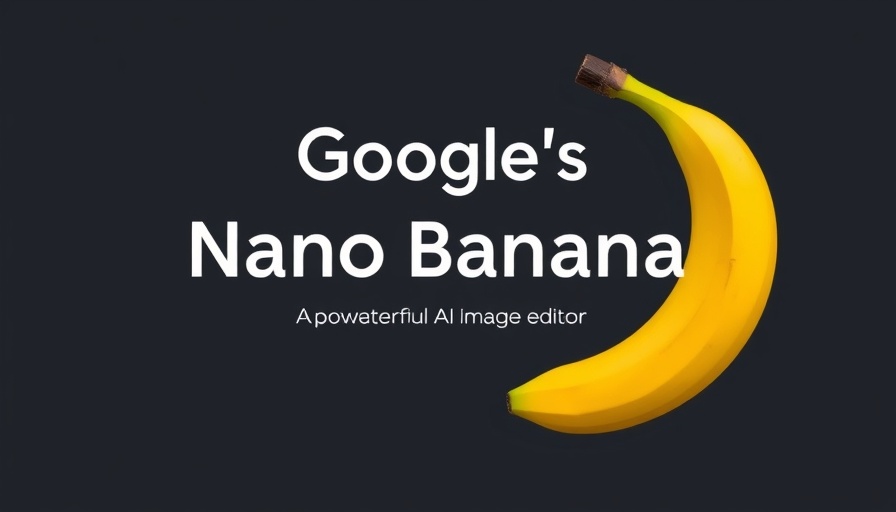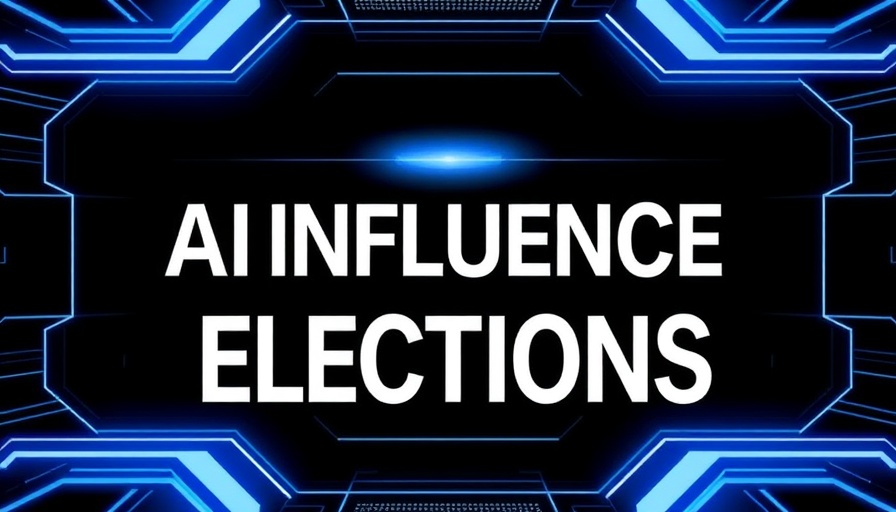
Understanding the Rise of AI Agents
In the evolving landscape of technology, AI agents are gaining prominence as the future of software development. Unlike traditional programs, these autonomous entities can execute tasks independently, thanks to advancements in artificial intelligence such as language models and planning systems. Experts proclaim that achieving true agency—where agents operate based on predefined goals, with memory capabilities—and utilizing APIs effectively could signal an unprecedented shift in how developers work.
The Critical Role of APIs in Agent Functionality
APIs (Application Programming Interfaces) serve as the vital link between AI agents and the digital realm. They enable agents to access data and perform actions in real time, which makes their design and functionality more critical than ever. Traditionally, APIs catered to human developers, but as agents take center stage, developers must pivot to creating 'agent-compatible' APIs. This means focusing on making APIs machine-consumable, self-descriptive, and rich in semantics to ensure tasks are carried out efficiently.
Adapting to New Protocols
As we forge ahead, understanding new protocols designed for communication between agents becomes essential. The emergence of protocols such as the Model Context Protocol (MCP) and Agent2Agent Protocol (A2A) requires developers to rethink current API designs to enhance collaboration between machines. This evolution not only impacts API architecture but also compels developers to consider how they construct systems capable of serving both human and AI needs.
Preparing for the Future of Software Development
With AI agents becoming integral, developers must act promptly to refine their skills and knowledge around these emerging technologies. The transition to integrating AI efficiently can provide significant efficiencies and competitive advantages in a crowded market. By learning to create APIs that cater specifically to AI agents, developers can position themselves at the forefront of innovation, ensuring they leverage the full potential of this new technology. Embrace this opportunity to reshape development practices and increase productivity today!
 Add Row
Add Row  Add Element
Add Element 



Write A Comment